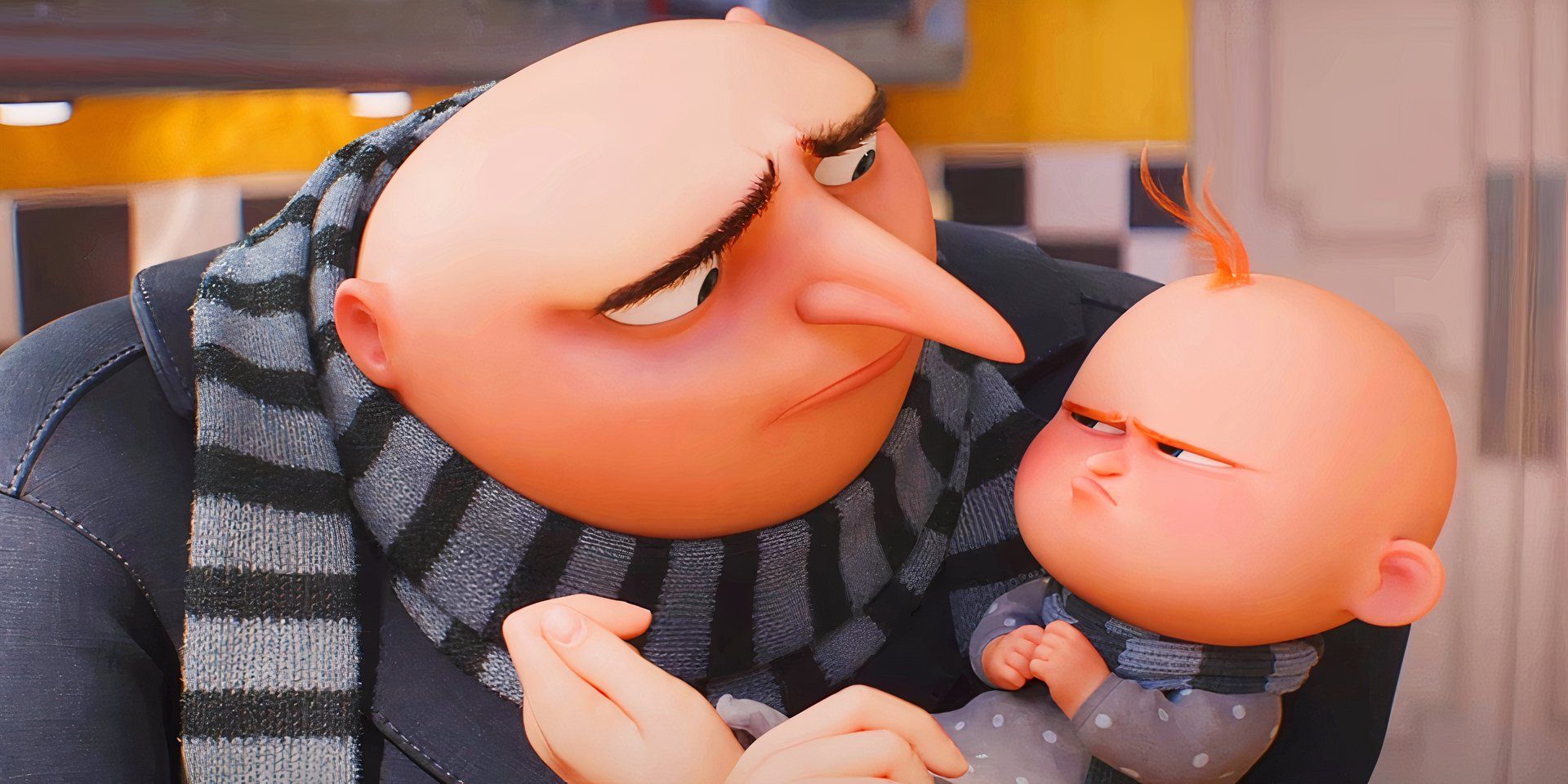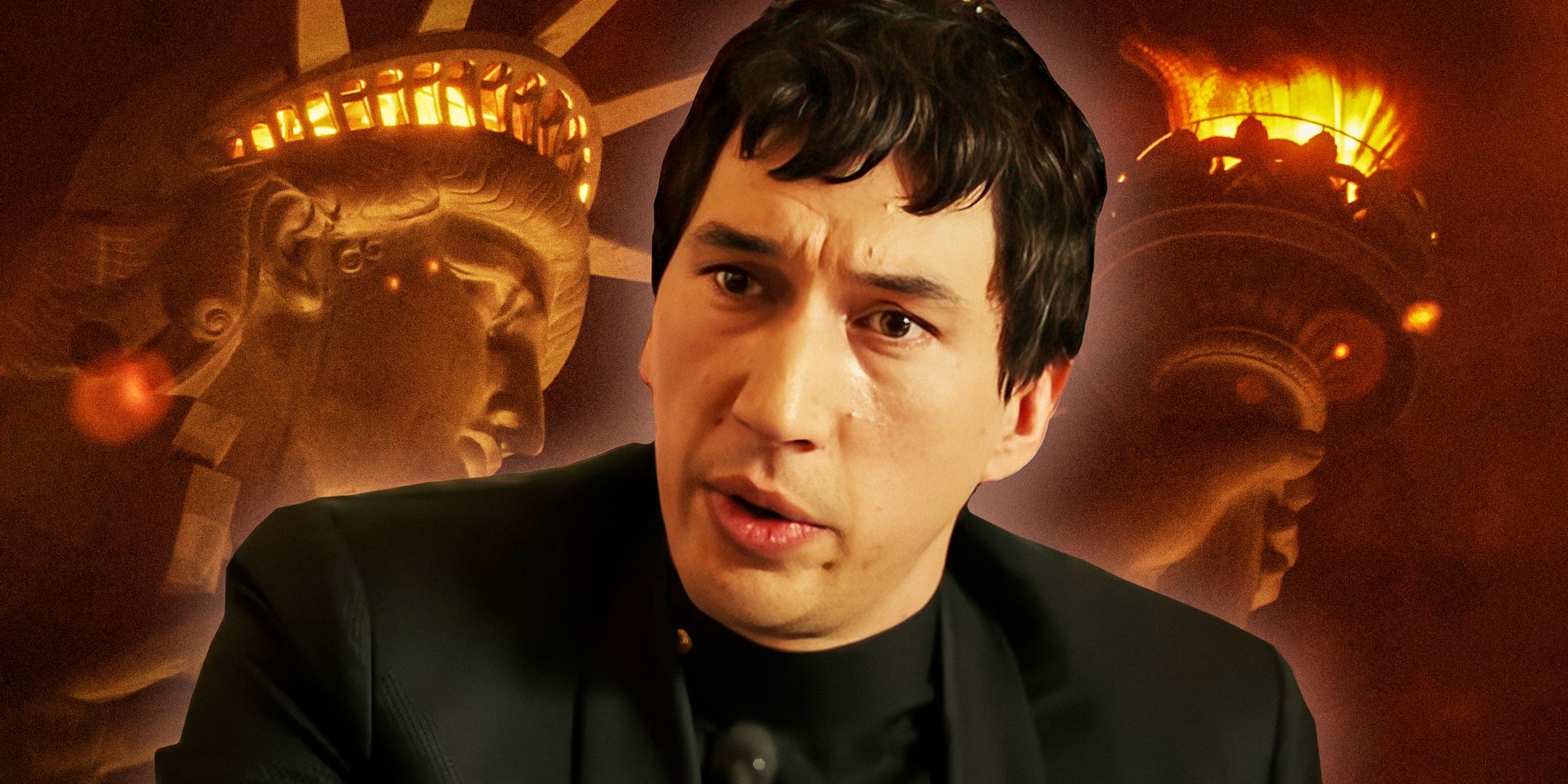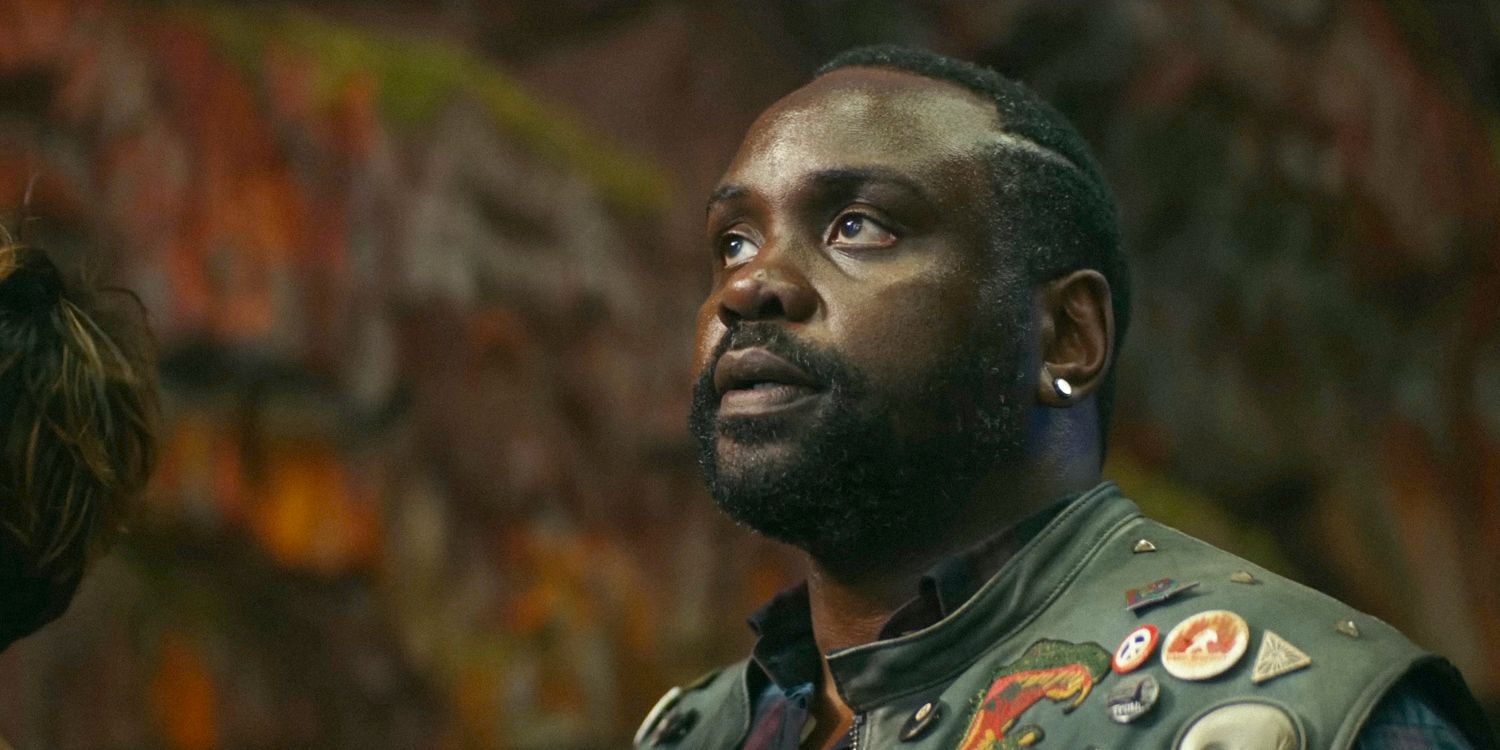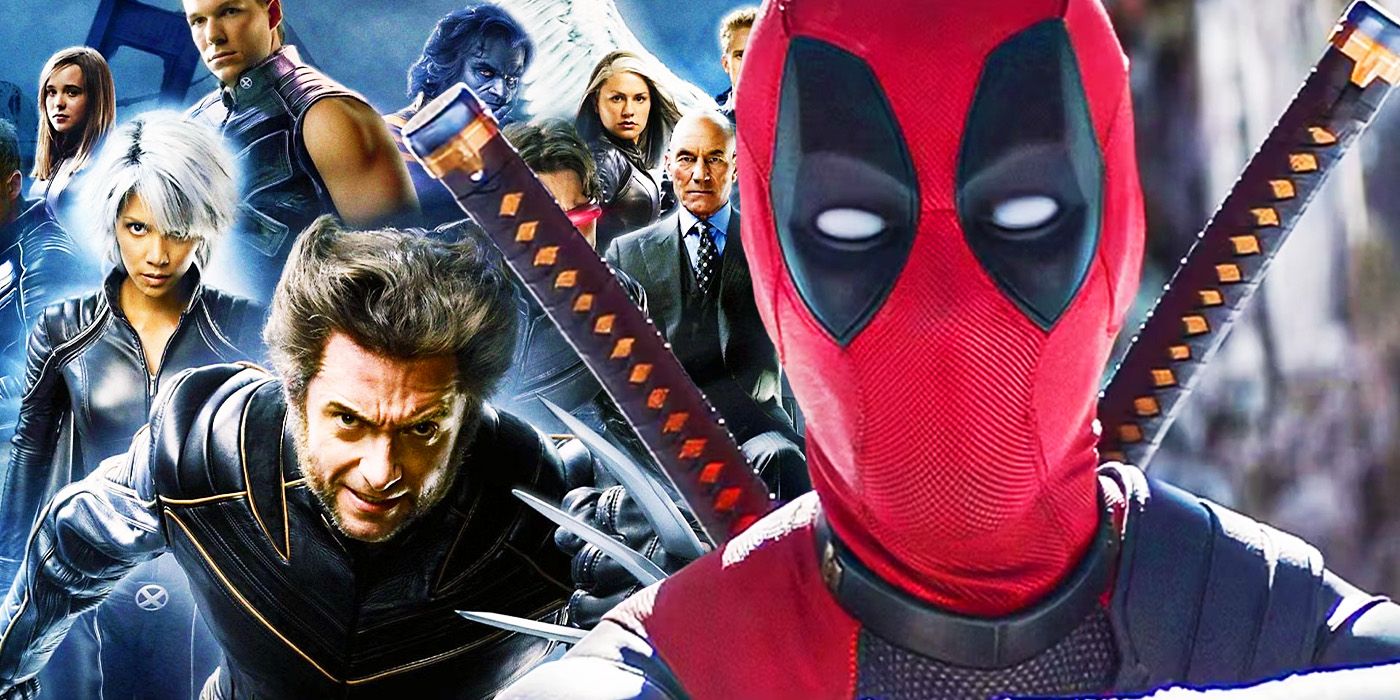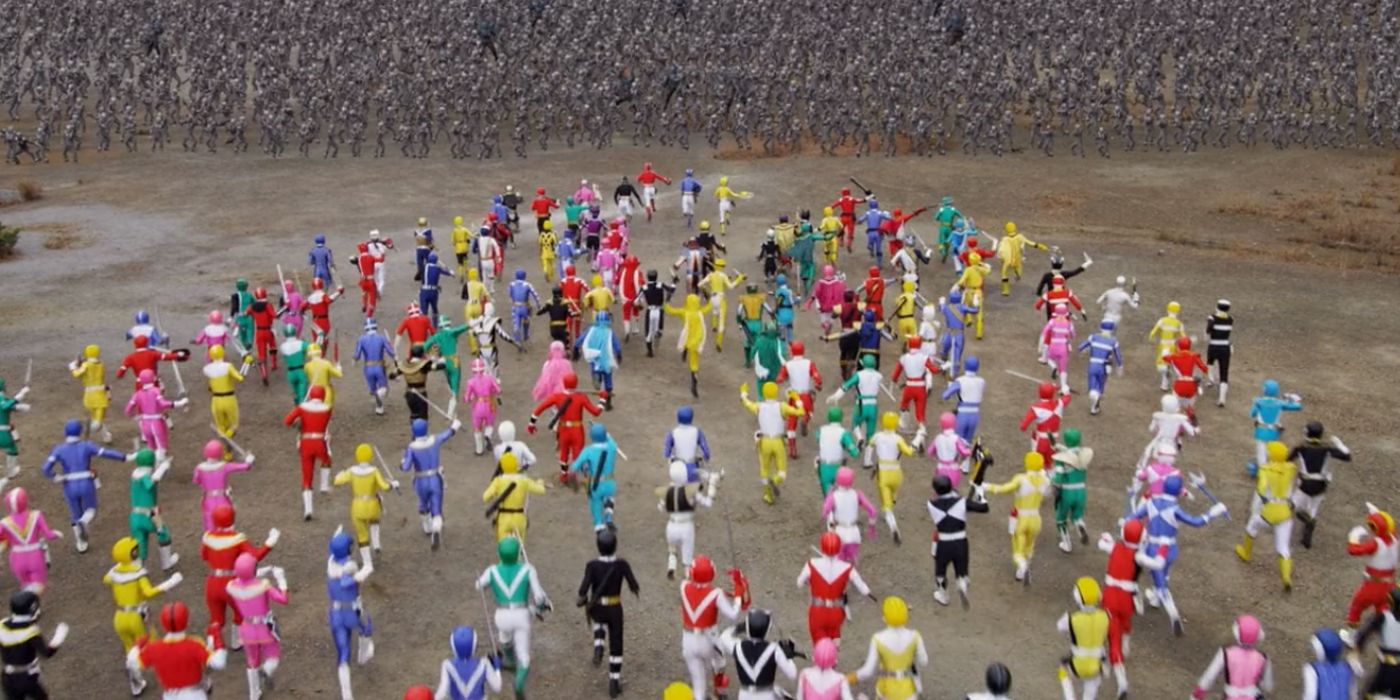The BBC’s centenary Doctor Who special, “The Power of the Doctor,” features the return of forced regenerations, something not seen in the show for decades. In “The Power of the Doctor,” the Master captures the Thirteenth Doctor and uses technology he stole from Gallifrey to force a regeneration, which he calls “the ultimate sanction for breaking [Time Lord] laws.” The Master turns the Doctor into himself, completely taking her place. Thankfully, Yaz is able to reverse the forced regeneration, with help from Vinder and an AI hologram of the Doctor.
As the Master says in “The Power of the Doctor,” the Doctor was forced to regenerate before. The Master is most likely referring to how the Second Doctor became the Third in classic Doctor Who season 6, serial 7, “The War Games.” The classic series explored interactions with the Doctor’s people much more frequently and this early story revealed just how powerful the Time Lords were.
Why The Second Doctor Was Forced To Regenerate
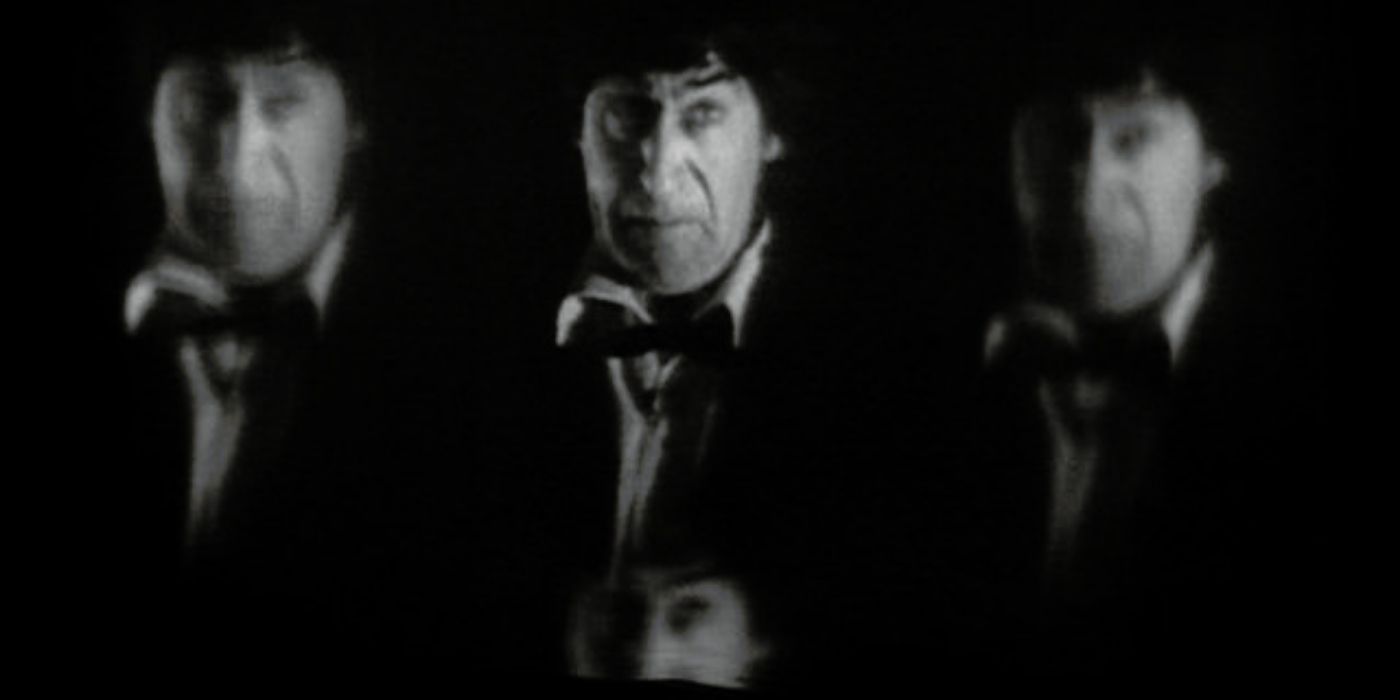
The Time Lords put the Second Doctor (Patrick Troughton) on trial after the events of “The War Games” for his continued interference with the timeline. He is exiled to Earth and, because his current form is so recognizable, he is forced to regenerate. The Time Lords give him several faces to choose from, but the Second Doctor rejects them all, so they make the decision for him. The Second Doctor contorts his face in pain and is sent spinning through a void. The TARDIS then lands on Earth and the Third Doctor (Jon Pertwee) falls out. This trippy sequence is also used to transition Doctor Who from black-and-white to color.
Two’s regeneration sets precedent for the forced regeneration in “The Power of the Doctor.” Clearly, whoever is controlling the forced regeneration is able to choose the final form. The Time Lords pick the Third Doctor’s appearance, while the Master picks his own. The forced regeneration in “The War Games” is performed on Gallifrey. In “The Power of the Doctor,” the process can only be performed with Gallifreyan technology. No other forced regenerations are shown on screen, but it’s possible that because of his many crimes, the Master has also been forced to regenerate. This could be how he is familiar with the technology and is able to alter the process to his liking.
Forced Regeneration Can Explain David Tennant’s Return
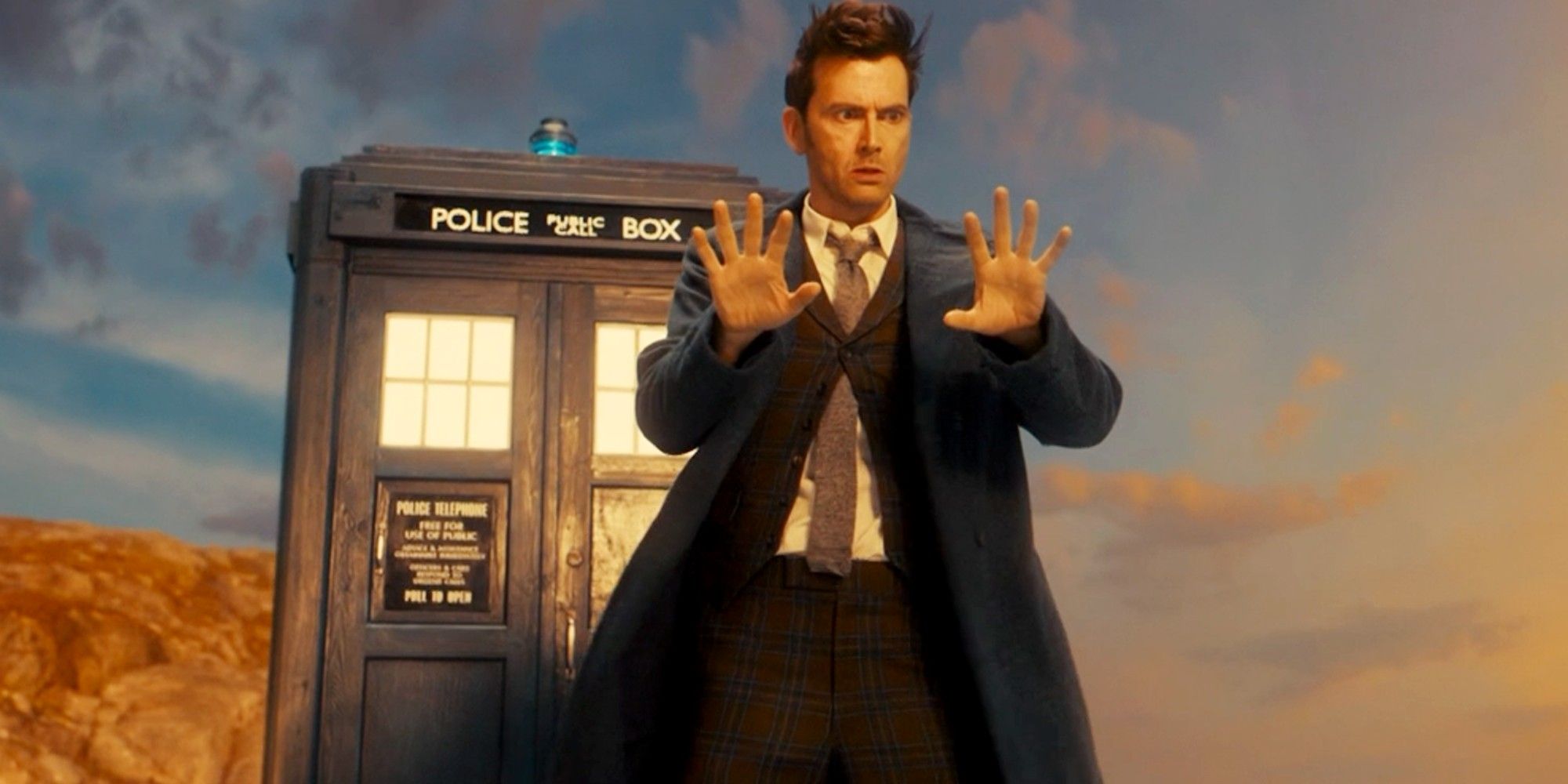
Other than the Master taking over the Doctor’s body, there is one huge difference between Two’s and Thirteen’s forced regenerations: the latter is reversed. The Master returns to his previous body and the Doctor returns to hers. He then mortally wounds her, which leads to another abnormal regeneration in which the Doctor’s clothes even change. The Fourteenth Doctor ends up looking just like the Tenth Doctor (David Tennant), and even he’s confused. Could this reappearance of an old incarnation be explained by the reversal of the forced regeneration? Maybe the Doctor looks like one of his previous bodies because the regeneration energy used for the reversal is still doing its work, forcing the Doctor to revert to old versions of himself.
The mystery behind Thirteen’s regeneration and whether the reversed forced regeneration has a long-lasting effect won’t be explained for over a year, unfortunately. Three specials honoring the 60th anniversary of Doctor Who will air in November 2023. David Tennant’s Fourteenth Doctor is expected to regenerate during these specials, at which point Ncuti Gatwa will take over the role as the Fifteenth Doctor in Doctor Who.
